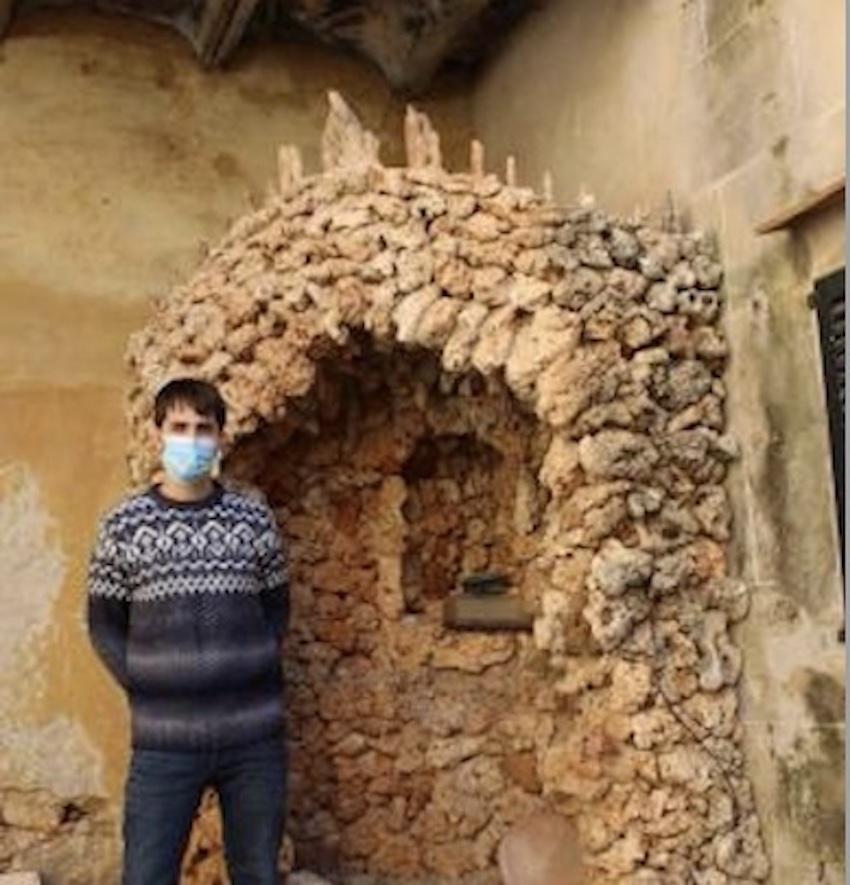Bernat Font has a good head for detail and he's been in charge of the Municipal Archive of Sant Llorenç des Cardassar since February last year, just a few months after a river burst its banks and swamped the town, saturating homes and businesses and killing 13 people.
"My job began after the floods, which affected some of our Civil Registry documentation,” he says.
The documentation was moved to the Ca ses Monges building, where the process of rescuing and recovering as much paperwork as possible was put in motion. Bernat also set about creating one big archive, bringing together Historical documents from the library and all the Administrative Documentation from different Municipal Departments.
"Almost all of the documentation was recovered, but it took a lot of intense work by a team of experts,” says Bernat.
Some documents have now been digitised, but there's still a huge mountain of paperwork to deal with.
“We have paper documentation, old documentation that's being digitised for conservation purposes, plus everything that's generated electronically,” explains Bernat. “There are about 50,000 paper records, but we have established a new criteria to preserve documents, so after this year it should be paperless.”
The oldest documents on record are the minutes of plenary sessions dating back to 1892, which are stored in Manacor.
“We have files of work, bands, Municipal correspondence and regulations as well as Administrative procedures, documentary series and details of employees, from as far back as 1960,” he adds.
Everything that's happened here in Mallorca is recorded in one way or another and it turns out that history has repeated itself on more than one occasion.
“One of the most curious documents is a report by the City Council Health Board, which lists preventive measures agreed to combat the flu in 1918.”
The measures taken by the City Council back then were not so different to the ones taken to combat Covid-19, including social distancing disinfecting everything, removing spittoons from the streets and disinfecting all barbershop tools and products.
In 1943, severe floods saturated several Municipalities, destroyed thousands of acres of crops, brought down bridges and caused 20 million pesetas worth of damage. At least 199 people between Sant Llorenç and Son Carrió were affected, but there were no fatalities. At the time, the Civil Governor granted aid worth 26,000 pesetas.
Other floods are documented in 1973 and 1989 and each time the actions taken to deal with the disasters was very similar.
“Traditionally, the work of an archivist has always been linked to the custody of ancient documentation, but there are many other strands,” says Bernat. “It is important to work with the documentation from the first moment it is created, but our mission must also be to disseminate, give access to all documentation and allow people to exercise their rights. When it comes to historical research, written documentation is the best proof.”
Bernat says there are a number of structural deficiencies in the archive building, so renovation plans are in the works.
“It will be adapted to the very best conditions to accommodate the documentation,” he says. “The chapel will remain as an exhibition hall and last week, the plenary approved new archive regulations replacing the ones from 1999.”


No comments
To be able to write a comment, you have to be registered and logged in
Currently there are no comments.